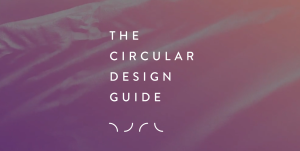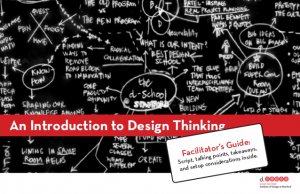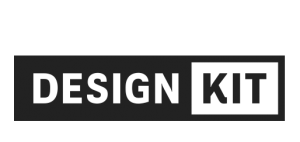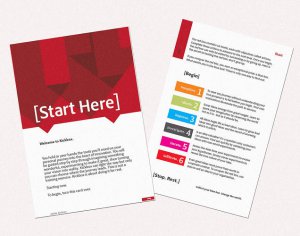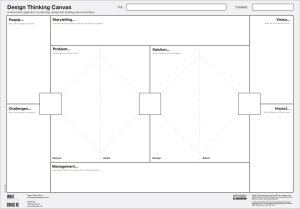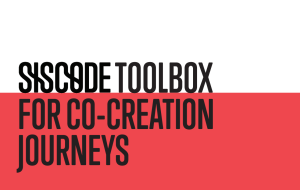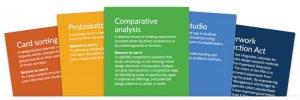The current big shift in management - both public and private - is from linear models to circular models. This resource was designed to help innovators create more elegant, effective and creative solutions for circular economy. This resource allows users to explore new ways to create sustainable, resilient, long-lasting value in the circular economy. While it is oriented towards private sector manufacturing and products, it can also be helpful for public sector organisations to think about supporting more circular models, either externally or in their own operations. The resource is divided into sections: understand, define, make, and release circular innovations. The resource includes detailed step-by-step guidance on circular methods and mindsets, including videos, cases, and related resources. The guide also includes resources for putting circular strategies into action, including worksheets and packaged workshops with facilitator's guides, video lectures, and presentations.

This toolkit has been saved 8 times.

